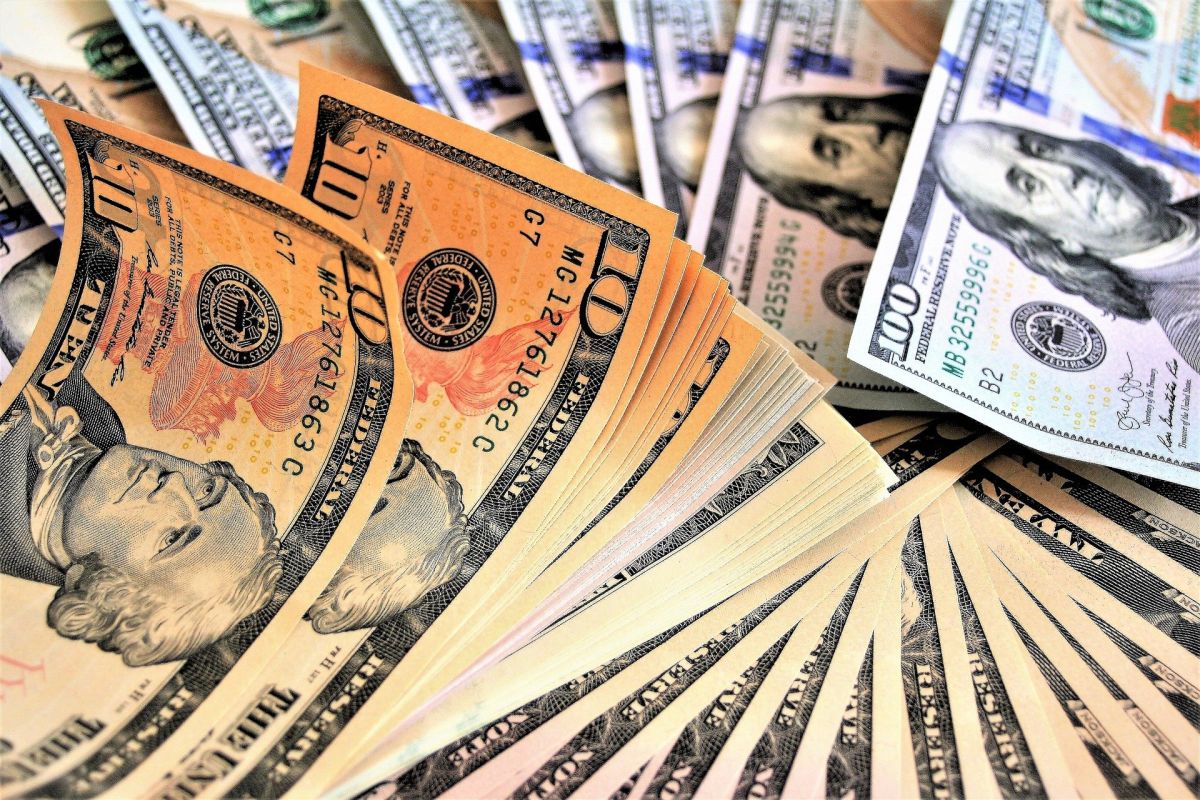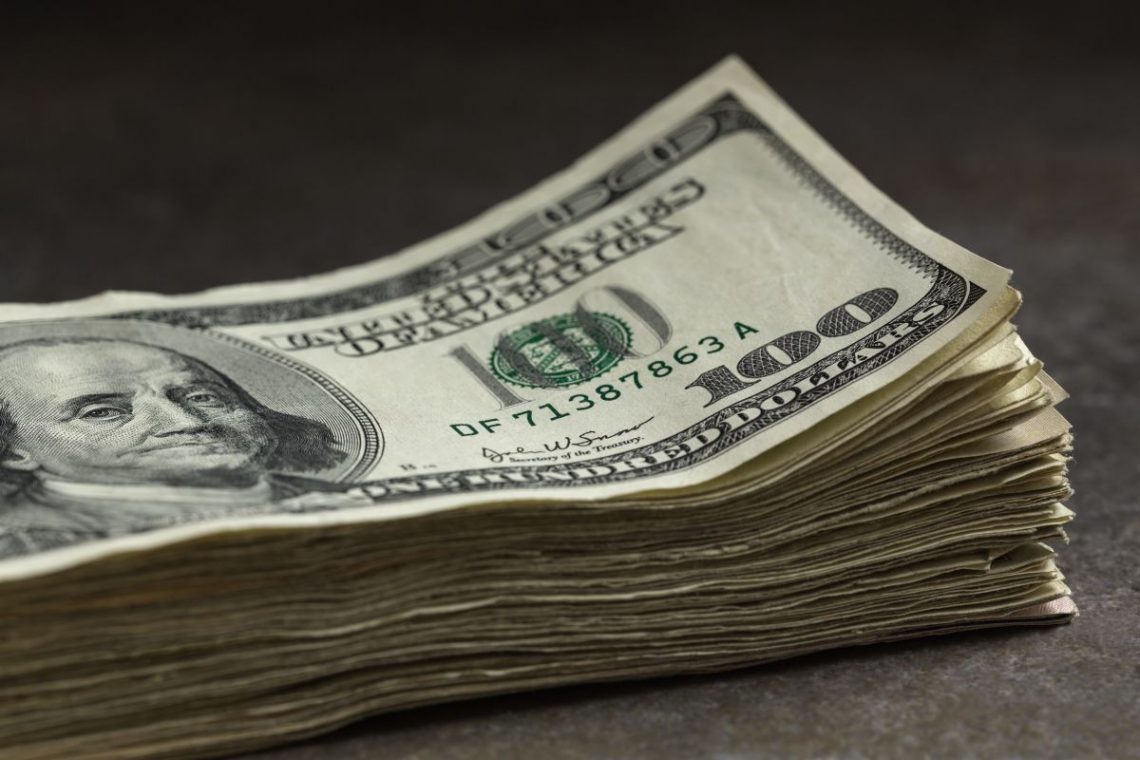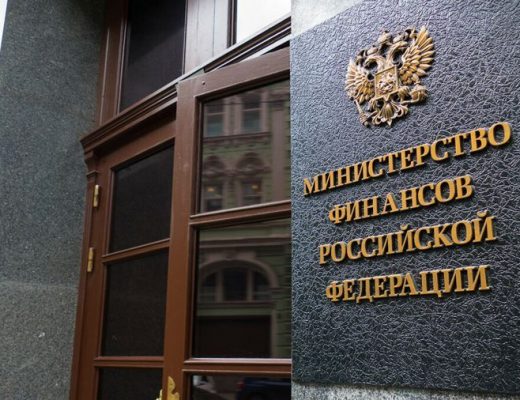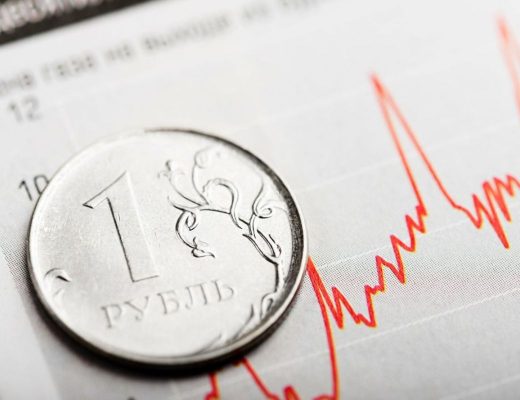Forecast of currency growth: how the strengthening of the dollar will affect the economies of other countries
During the pandemic and the protest events, the U.S. monetary system demonstrated its vulnerability. However, this did not shift the dollar’s position on the global market, and it began to recover rather quickly. The dynamics was reflected in the value of the ruble, though not as dramatically as during the pandemic and the oil war. According to analyst Stepan Demura, the further strengthening of the dollar threatens the economy of different countries. The expert presented his forecast for the growth of the currency in the near future.
According to him, the dollar could strengthen to 250 rubles by the end of this year, with such dynamics significantly affecting the economy and development of the country. Moreover, the currency will rise in price gradually, the level of 97 rubles it has overcome in 2020, continuing to rise gradually.
At the beginning of this year the dollar weakened slightly, but then there was a sharp growth. If the dynamics continue in the future, it may affect not only the economy of Russia. China is also under threat. According to the analyst’s opinion about 30-35% of the assets owned by the banks of China are in default. Now it is very important for the country to maintain the GDP growth at 4% or higher, otherwise about 50% of Chinese financial institutions will face serious problems. The fact is that the PRC economy, despite its rapid development, is in a fragile state, and sharp fluctuations for it threaten to default.

As for the best option for storing assets, it is better to refuse from rubles for the time being. One should pay attention to foreign currency, including the dollar and gold, which is always liquid and has now begun to rise in value.
We should also not forget about the new processes in the economy, which were caused by the pandemic. China is actively testing a digital currency, and the U.S. Central Bank also plans to launch an electronic dollar. Against this background, many experts sound the alarm, fearing that through these systems regulators will be able to control people’s savings. For example, digital currency will allow introducing negative rates on all credit programs and deposits. And direct loans and debits could be replaced by some form of tax. This would further expand the leverage mechanisms for central banks, and holding cash would no longer be an option to avoid negative rates.
Such steps from regulators will lead to the growing popularity of alternative digital currencies, such as bitcoin. In addition, investments in traditional assets, including precious metals, will increase. However, it is hard to say when digital money will replace paper money, and how feasible it will be for economies.










